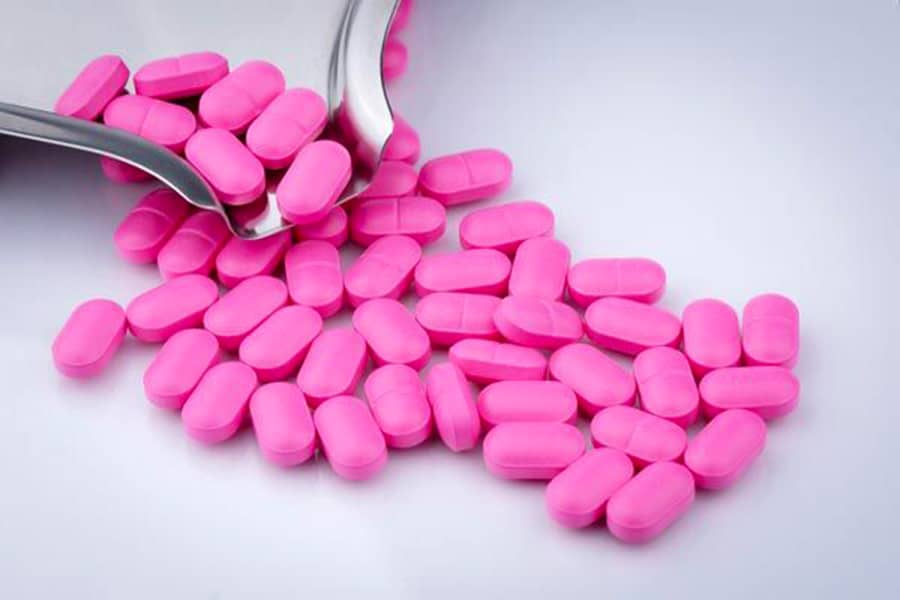What Are Darvocet And Darvon (Propoxyphene)?
Pronounced as pro·poxy·phene [proh-pok-suh-feen]
Darvocet and Darvon are narcotic drugs that are made from the opioid pain reliever, propoxyphene which is used to relieve mild to moderate pain without fever. Aside from being used to manage [pain, propoxyphene is also a cough suppressant like morphine, codeine, and hydrocodone, but it is weaker in terms of its effects. It is available in the market as Darvon and Darvocet.
The difference between the two is that Darvocet mixes propoxyphene with acetaminophen, which is the active ingredient in Tylenol. The Food and Drug Administration or FDA has requested manufacturers and pharmaceutical companies to voluntarily withdraw propoxyphene from the United States market.
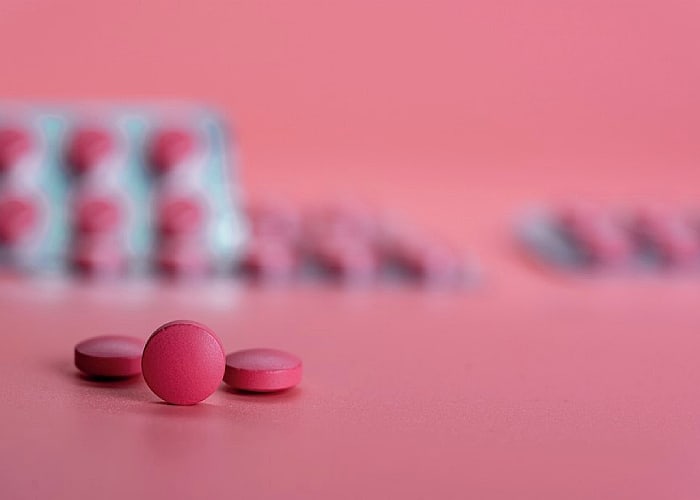
What Are the Generic and Brand Names for this Drug?
There are other drugs available in the following generic and brand names:
Acetaminophen/Propoxyphene Systemic:
Darvocet-N 50, Darvocet-N 100, Darvocet A500, Propacet 100
Aspirin/Caffeine/Propoxyphene Systemic:
Propoxyphene Compound 65, PC-CAP, Darvon Compound 32, Darvon Compound-65
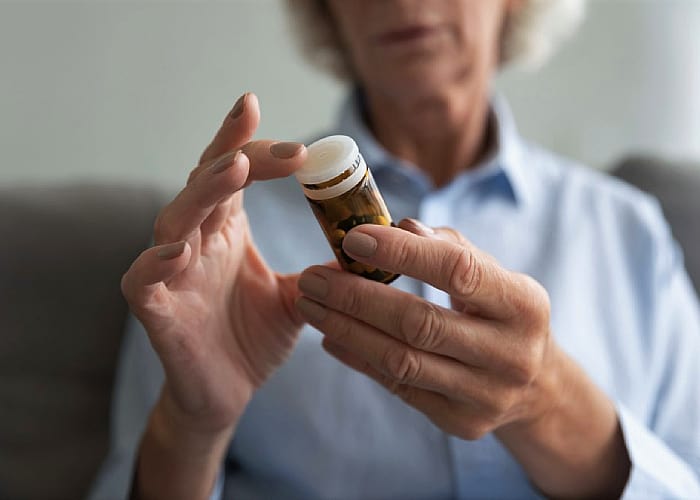
What Are the Most Common Street Names for Darvon and Darvocet?
- Pinks
- Footballs
- Pink Footballs
- Yellow Footballs
- 65's
- N's
How Do Darvon and Darvocet Work?
Darvon/Darvocet drugs work in the same way as natural or synthetic opioids, by stimulating receptors in the brain and flooding the brain with dopamine. It increases pain tolerance and decreases discomfort because of the feeling of euphoria associated with its use. It also causes sedation and respiratory depression.
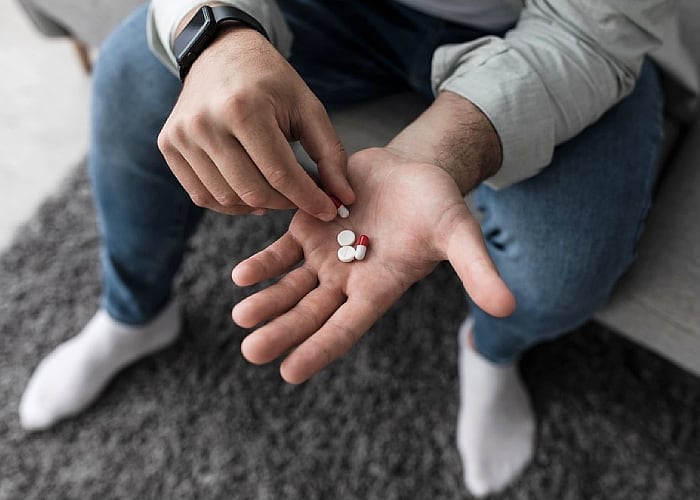
How Strong Are These Drugs?
It has been shown that 65 mg of propoxyphene hydrochloride is no more effective than 30-45 mg of codeine or 650 mg of aspirin and may be inferior to these drugs. Darvon/Darvocet drugs stay much longer on your system, however, with a half-life of 6-12 hours. This simply means that your body will take somewhere around 6 to 12 hours to process half of the ingested drug in the blood’s plasma.
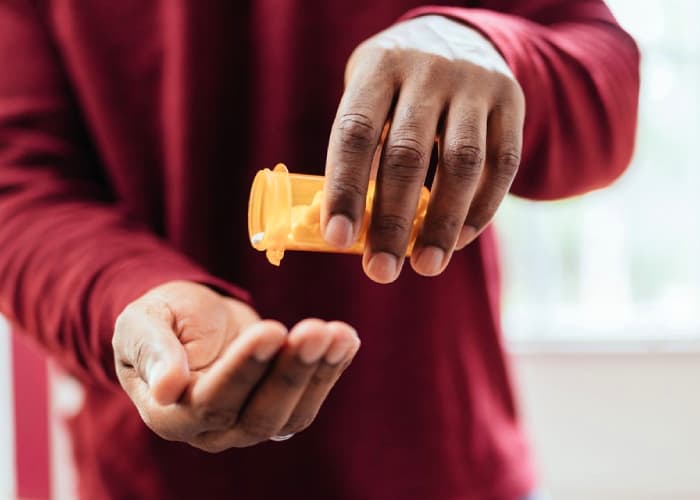
What Are the Short-term Effects of Darvocet and Darvon Use?
The most common side effects of Darvon/Darvocet drugs include those that can also be seen from the side effects of most opioid drugs. Propoxyphene has also been reported to depress breathing.
Because of this, care and caution must be taken when using Darvon/Darvocet drugs for elderly, debilitated patients, and people with serious lung disease.
It can also affect the patient by impairment of physical abilities required for driving or operating machinery. The medication also has effects on our central nervous system, like impairment of thinking and slowing down or stopping endorphin production, which results in acute pain when the use of the drug is stopped. As with other opioid drugs, it can be addictive and habit-forming.

What Are the Long-term Effects of Darvon and Darvocet Use?
Tolerance and drug dependence can also occur in long-term use. This means that an increasing amount of propoxyphene will be needed to produce the same effects (therapeutic and euphoric) as when the drug was first used. This can lead to overdose if not addressed properly by a doctor.
Patients taking these drugs as prescribed by their doctors have also been found to develop arrhythmia, bradycardia, cardiac arrest, respiratory arrest, congestive arrest, congestive heart failure (CHF), tachycardia, and myocardial infarction (MI).

What Is the Reason for the Darvon and Darvocet Recall?
Propoxyphene-containing drugs were already banned in Great Britain in 2005, while the European Medicines Agency has recommended their gradual removal from the European Union market.
The Darvon and Darvocet recall decisions in The United States were made after having scientific proof including data from a new study about its effects and the risk the drug poses.
The study, which tapped healthy volunteers, has shown that even when propoxyphene was taken at a standard therapeutic dose or in recommended doses, it can also cause significant changes to the electrical activity of the heart even in healthy people. Its effects on the heart include prolonged PR interval, widened QRS complex, and prolonged QT interval.

The FDA advisory committee had reviewed whether to impose an FDA ban due to the risk. While the decision was initially split, the FDA announced that the FDA decided on the ban.
Dr. John Jenkins, head of the Office of New Drugs at CDER (the FDA's Center for Drug Evaluation and Research), issued a statement announcing that this drug's effectiveness in reducing pain can no longer compensate for its possible potential heart risks.
Based on data from Public Citizen’s Health Research Group, 1,000 to 2,000 Americans have died from propoxyphene since 2005.
A deeper study was done by Xanodyne Pharmaceuticals, Inc. on the effects of propoxyphene on heart rhythms. It reviewed U.S. databases that collect information on the side effect and risk of propoxyphene. It has found a higher risk of death associated with the use of propoxyphene than other narcotic pain relievers.

How Does Darvon and Darvocet Addiction Take Place?
Many factors contribute to the abuse of any drug, including Darvon and Darvocet addiction. For propoxyphene and all opioids in general, the most common reason is that it is used to escape reality.
Taking Darvocet and Darvon can cause physical dependence and addiction. If patients stop taking propoxyphene products, this can result in withdrawal symptoms.
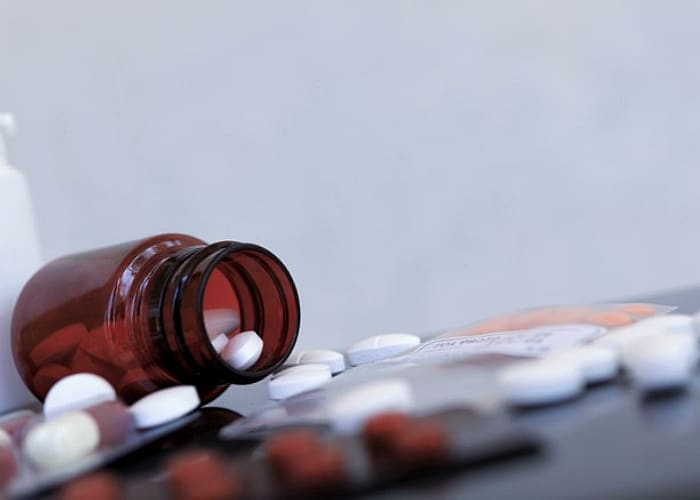
What Are the Effects Of Darvocet and Darvon Addiction?
Even though propoxyphene is not as powerful as other opioids such as hydrocodone, morphine, or codeine, it still causes feelings of euphoria and thus, can still be very addictive.
Its abuse can lead to a high risk of heart problems including abnormal heart rhythms, heart palpitations, and heart rhythm abnormalities. Users who abuse the drug may also experience nervous system issues. Elderly patients are also cautioned about abusing the drug.
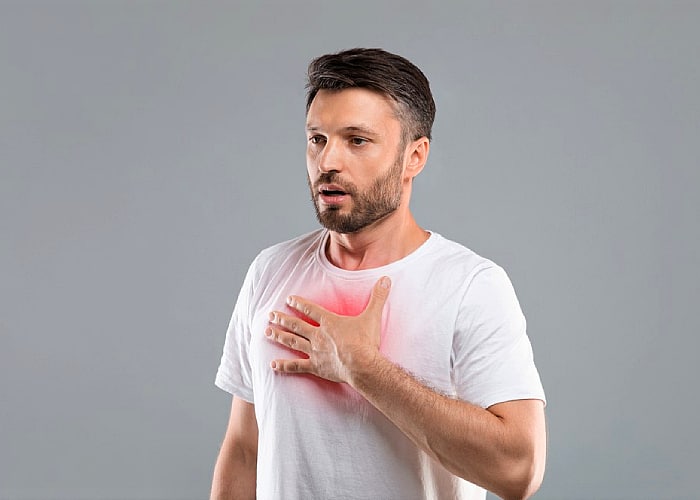
These may include dizziness, delirium, sedation, stupor, respiratory depression, and coma. In rare cases, it can also cause renal problems such as hypoglycemia and acute tubular necrosis, as well as hypersensitivity side effects and skin rashes.
What Are the Withdrawal Effects of these Drugs?
Once the use of the medication is suddenly stopped, it will cause severe withdrawal symptoms such as nausea, sweating, vomiting, chills, diarrhea, muscle and bone pain.
Other symptoms include tremors, runny nose, sleeplessness, restlessness, mood changes, anxiousness, yawning, weakness, depression, hallucinations, delirium, cramps, confusion, and irritability.

What Is the Available Darvon and Darvocet Addiction Treatment?
Addiction can be addressed by enrolling in a comprehensive treatment approach in addiction treatment centers. Healthcare professionals like doctors, nurses, psychologists, and support staff can supervise recovery.
Treatment may include detox, individual counseling, group therapy, and other holistic modalities to ensure long-term recovery. The patient is also engaged with a supportive community to avoid relapse.






